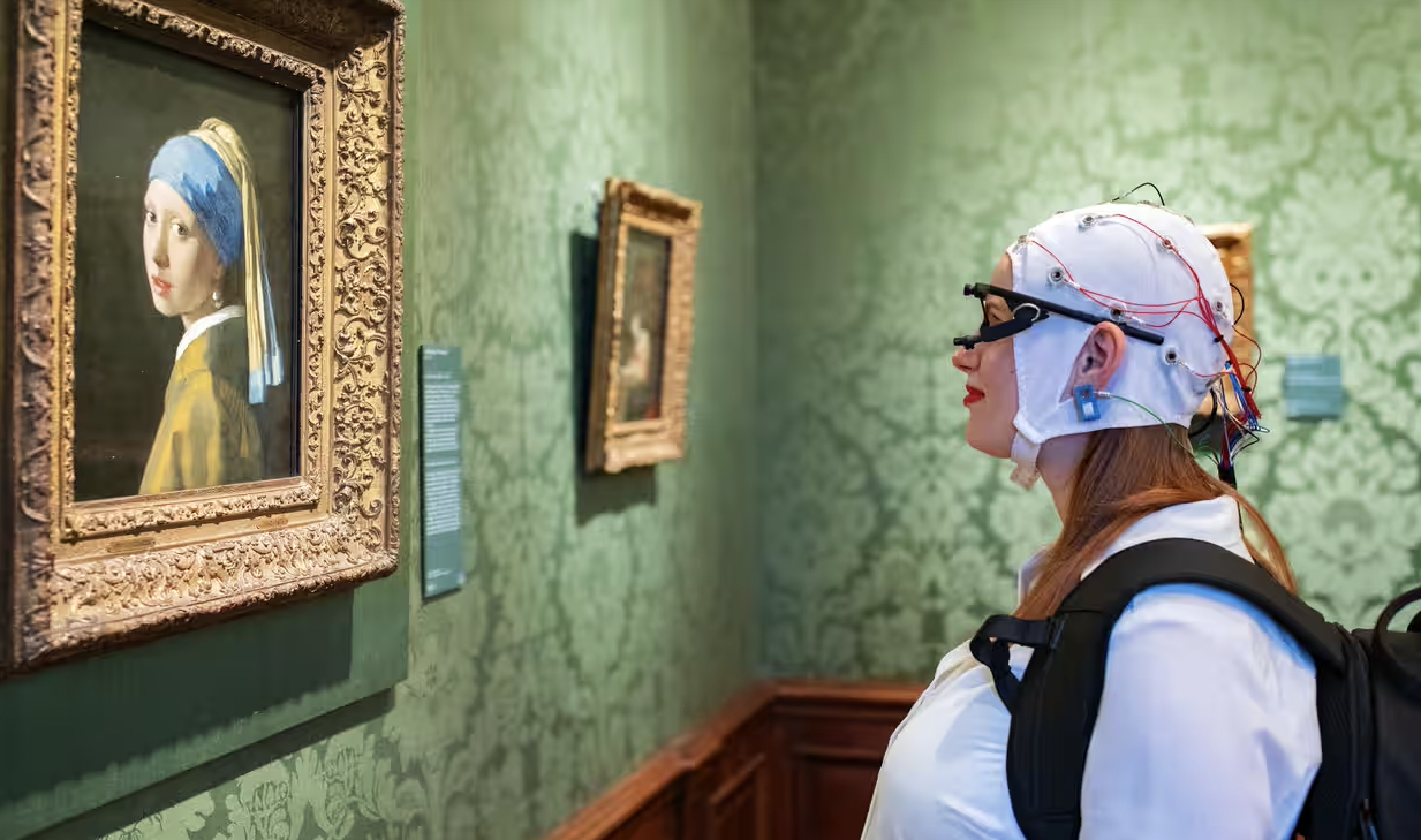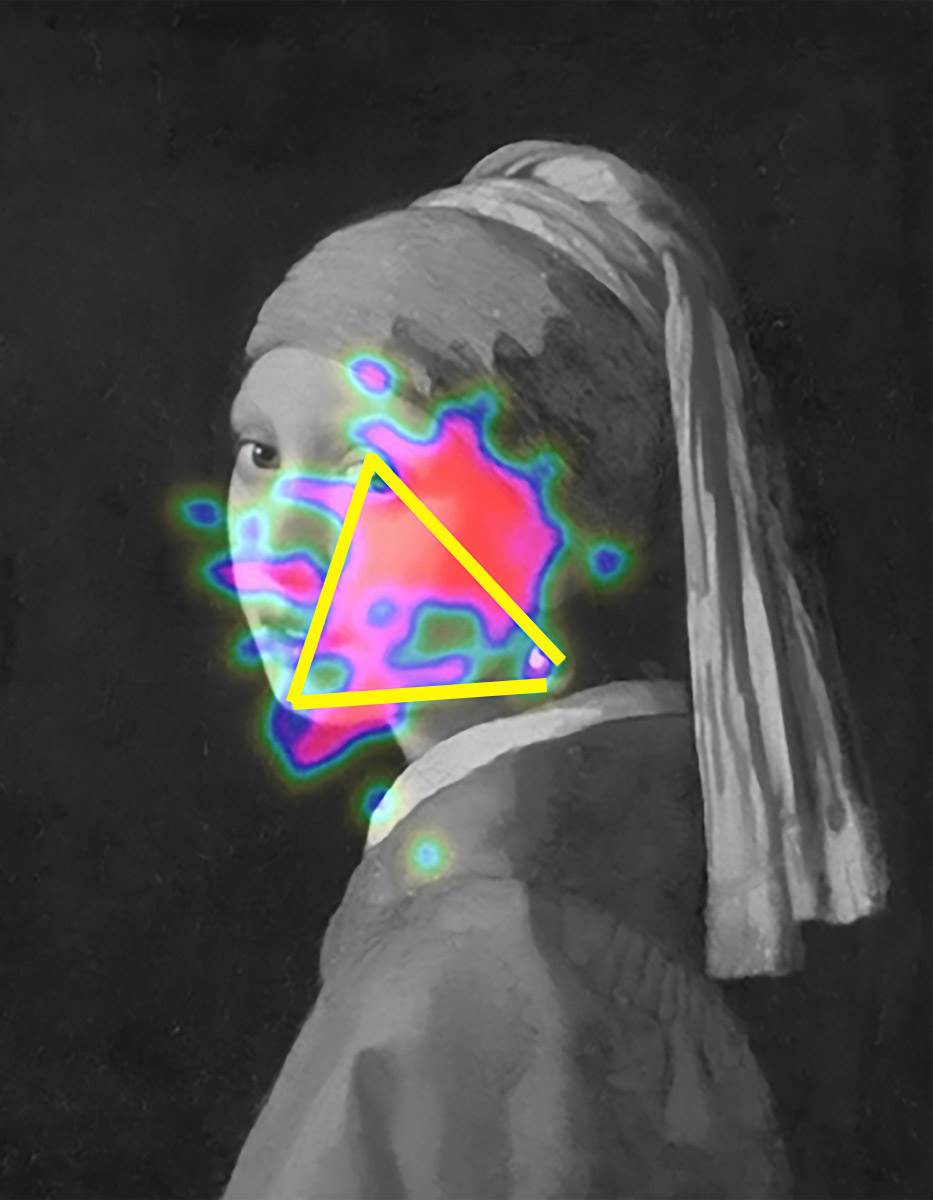A foreign traveler road-tripping across Europe might well feel a wave of trepidation before driving a fully loaded modern automobile over a more than 2,000-year-old bridge. But it might also be balanced out by the understanding that such a structure has, by definition, stood the test of time — and, for those with a grasp of the history of engineering, that its ancient designers would have ensured its capacity to bear a load far heavier than any that would have crossed it in reality. With no scientific means of modeling stresses, as classical-history Youtuber Garrett Ryan explains in the new Told in Stone video above, they just had to build it tough.
Key to that toughness were arches, “made of heavy blocks laid over a falsework frame until the keystone was slotted into place.” From the late first century, stonework was supplemented or replaced by brick and Roman concrete, a substance much-featured here on Open Culture.
We’ve also covered the Roman bridges you can still cross today: Spain’s Puente de Alcántara (from the Arabic al-qanţarah, meaning “arch”), for example, which, though crossed by a quarter-million vehicles every year, “shows no signs of failing”; or France’s Pont des Marchands, which “has supported a neighborhood of multi-story shops and houses since the Middle Ages.”
But the arches of the nearly 1,000 wholly or partially surviving Roman bridges haven’t done all the work by geometry alone. “The load-bearing capacity of a bridge depended both on the solidity of its abutments and the strength — ‘shearing point’ — of its voussoirs,” or the stones of its arches between the keystone at the top and the springers at the bottom. “Since Roman builders carved voussoirs from the strongest readily available stone, their bridges tended to be impressively solid.” You wouldn’t want to run a freight train across the Puente de Alcántara, but 40-ton trucks are no problem — to say nothing of a car filled with luggage, a few kids, and even a dog or two.
Related content:
The Roman Roads and Bridges You Can Still Travel Today
The Mystery Finally Solved: Why Has Roman Concrete Been So Durable?
The Roads of Ancient Rome Visualized in the Style of Modern Subway Maps
Roman Architecture: A Free Online Course from Yale
Based in Seoul, Colin Marshall writes and broadcasts on cities, language, and culture. His projects include the Substack newsletter Books on Cities and the book The Stateless City: a Walk through 21st-Century Los Angeles. Follow him on Twitter at @colinmarshall or on Facebook.







